Choosing which vegetables to plant is so important when creating a self-sufficient garden.
Considering things like your family’s taste, how easy the crops are to grow and if they are filling helps to create a well-rounded garden.
Here are the 5 best crops to grow in your garden if you want to be more self-reliant.
Potatoes
Potatoes are a filling root vegetable that are well-loved by almost everyone. They are rich in calories and full of nutrients. They can be prepared in a number of different ways (like mashed, fried or baked) and they can also be put into stews and soups!
Try some of these potato recipes!
Potatoes also store well. You can keep them in a cool pantry for several months. If they’re stored at room temperature, they can last several weeks.
Potatoes take anywhere between 65-110 days to grow. They don’t take up much space and you can plant them with a small piece of potato with eyes.
Read all about planting and growing potatoes here!
Winter Squash
Winter squash includes pumpkin, butternut, and spaghetti squash, to name a few. They are tasty and versatile when putting together meals.
Not sure what they’re for? Check out these 31 recipes for different types of winter squash.
These can take up a bit of space in the garden so plan accordingly. They need around 2-3 feet of space between them. Another factor to consider is they do not take well to extreme heat or frost.
Once the squash is harvested they store quite well. They also look beautiful as a fall display on a table or counter.
Find out how to grow winter squash here!
Carrots
Who doesn’t love carrots? They can be eaten raw or cooked, put into soups or made into a nice side dish. Throw them in a salad for extra color and sweetness.
Carrots are another crop that doesn’t take too much space to grow. They can also be grown year round and thrive in most climates.
Storage is pretty simple! You can store your carrots in a cool, dry place. Just take a look at them every so often so you know what needs to be used or thrown out.
Check out these 20 carrot recipes – and here’s how to grow carrots!
Onions
Onions may not be something you’ll eat on it’s own, but they are used in many of our favorite dishes. Plus you can make onion powder, which is a versatile seasoning to have on hand.
Onions are pretty easy to grow, and don’t take up a lot of space in the garden. You can grow various varieties of onions to add different flavors to your meals.
Storing onions is similar to storing potatoes. Keep them in a cool pantry and check on them to see what needs to be used or tossed. You can also dry them to lengthen the shelf life.
Dry Beans
Beans are an amazing staple to have on hand! They offer essential nutrients, they’re filling and can be used to make soups, stews, and chilli, among other hearty dishes.
Beans are easy to grow. So, pick a few different varieties depending on your family’s taste and plant those. It may not seem like they produce a lot but dry beans do go a long way in meals, so they’ll be great regardless.
Of course, as with the other staple crops, the storage is pretty easy for these as well. Store in a cool dry place. They can keep for quite a long time, but you should try to use them up within a year of harvesting. Find more information here!
What Food Do You Grow?
There are so many great crops to plant in a self-sufficient garden. These are only a few that are pretty common.
As always, pick the crops that will grow best in your climate. Having a sel-sufficient garden is also about growing things that will sustain well where you live.
Pick and choose based on your family’s needs and your climate, and you’ll have an amazing garden that will help your self sufficiency goals!
Let us know in the comments what your favorite staple crops are!

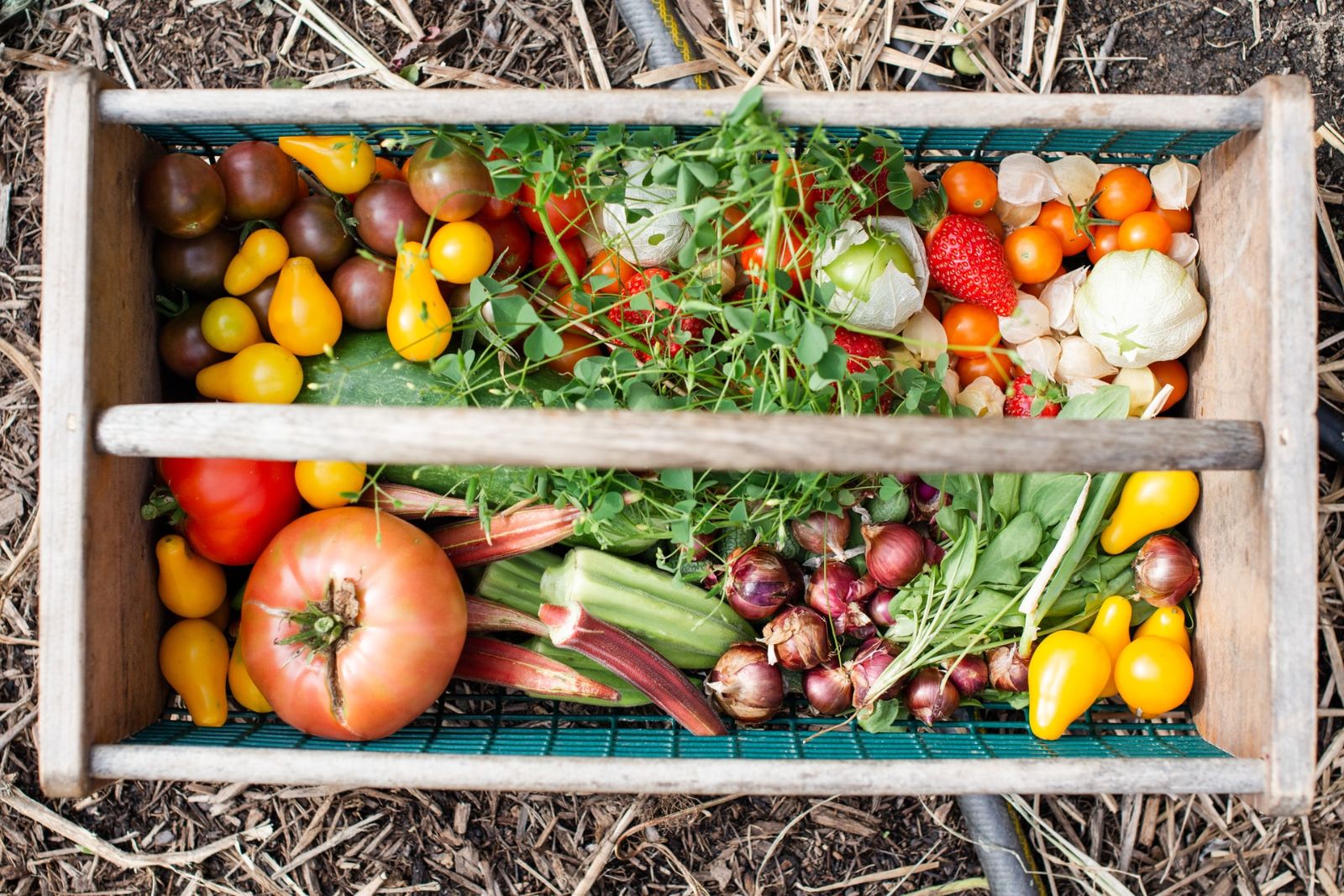
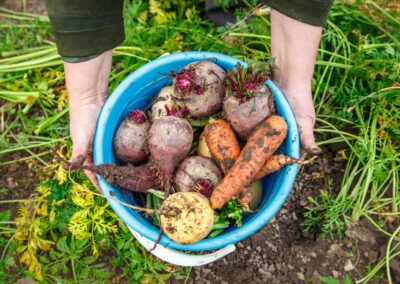
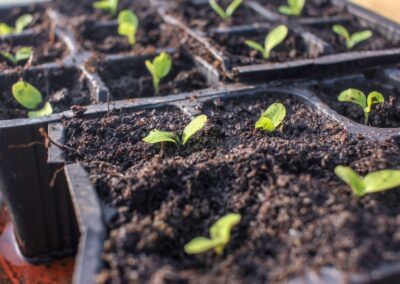
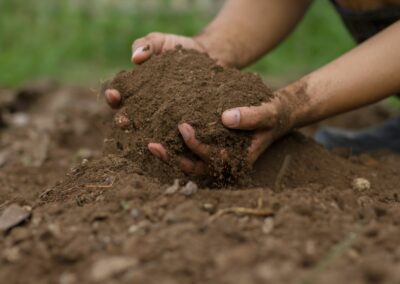
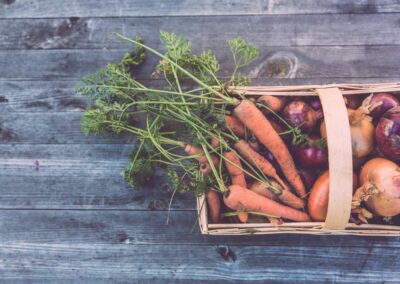
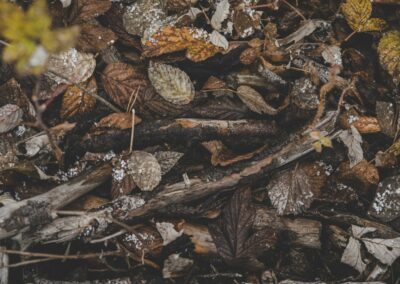
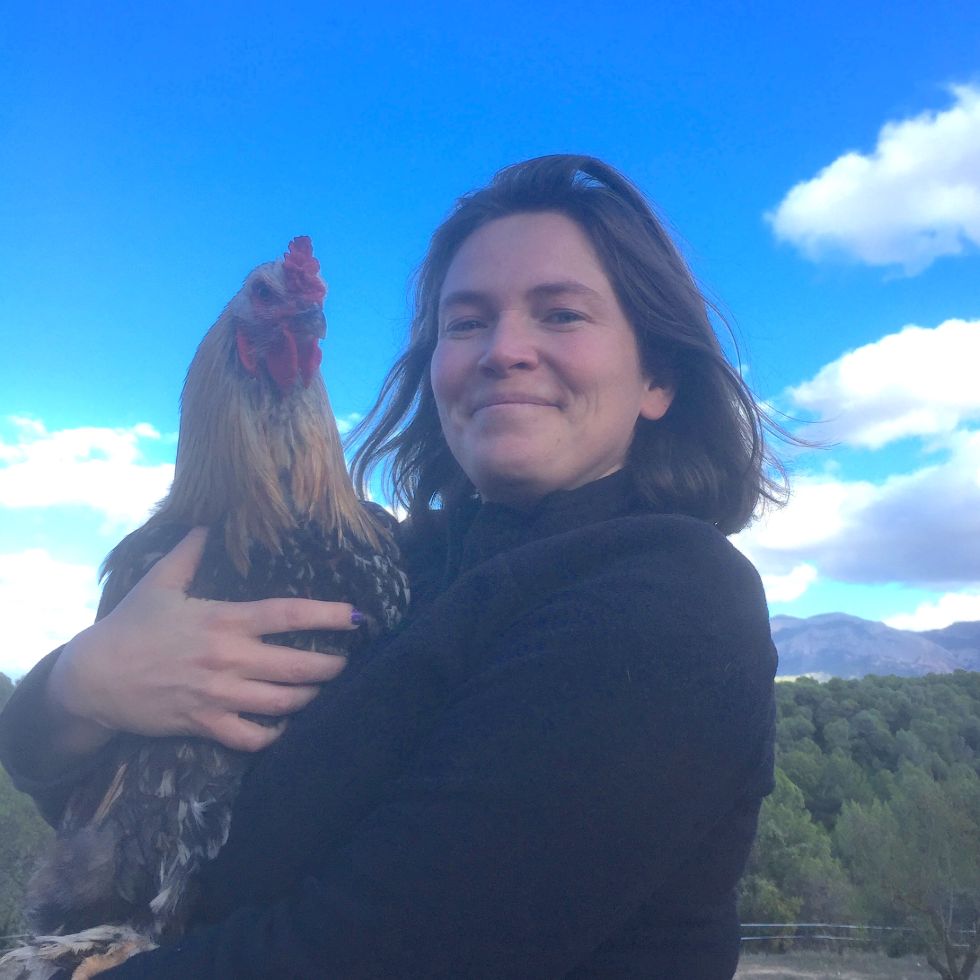
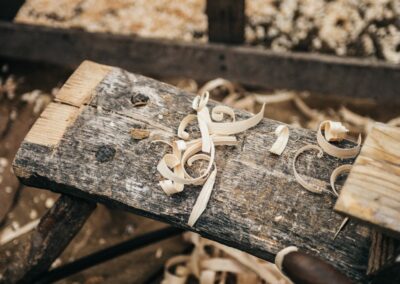
0 Comments